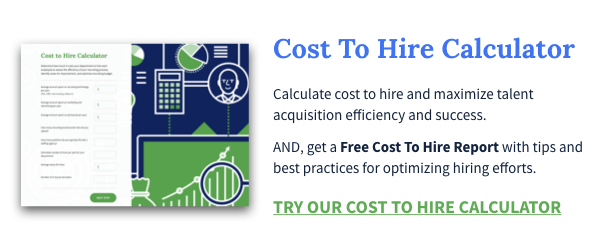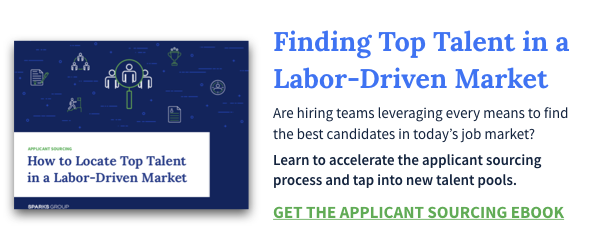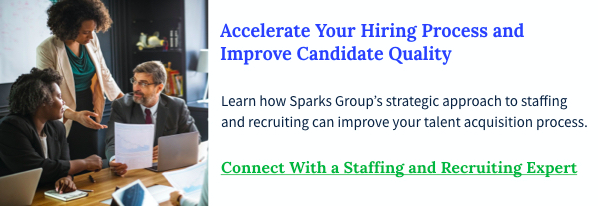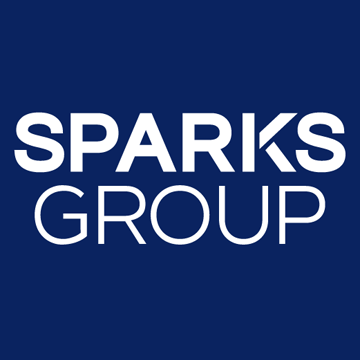
Cost to hire is one of the most important metrics an HR department can track, driving initiatives related to hiring, retention, and the candidate selection and offer process.
Understanding the cost to hire metric and using it to track your company’s progress over time, is a critical measure of success for a recruiting and staffing department, speaking to the choices that are made throughout the entire hiring cycle.
A bad hire – one who either the company determines is unsuccessful in a role, or who voluntarily resigns in a short time period – can directly impact the bottom line of a company as a whole.
What Is Cost To Hire?
Cost to hire is the average amount of money a business spends on staffing open positions, combining internal and external recruiting costs.
A standard cost to hire formula is:
Internal recruiting costs + External recruiting costs / number of hires
This gives you an idea of what you should plan for in your budget, as well as how many recruiters you will need on staff.
Internal recruiting costs include:
- Recruiter salary
- ATS fees
- Overhead costs
- Employee referral programs
External recruiting costs can include:
- Job board fees
- Agency fees
- Background check costs
Number of future hires can be estimated using historical data about employee turnover rates, and adjusted based on actual information over time.
Cost To Hire Benchmarks
The average cost to hire will vary depending on industry and company, as well as the position. Positions that take longer to hire for – those that require hard-to-find technical skills, or experience, or those at the executive level - require a greater investment to find the right candidate.
The Society for Human Resource Management (SHRM)[1] determined an average cost to hire across all industries to be $4,129 per employee. However, other organizations have used a percentage of salary to determine cost to hire, to take into account the difference in hiring practices and results between different kinds of jobs - entry-level and executive-level positions, for example.
The Center for American Progress estimated[2] the cost to replace an entry-level employee at 16% of annual salary, while a higher level to executive employee would have a cost to hire closer to 20%, on average. This would result in a cost to hire of $3,000 for an entry-level employee, but closer to $15,000 for an employee making $75,000 or higher.
Cost Of A Bad Hire
However, the cost to hire metric doesn’t take into account the additional costs of making a bad hiring decision. Hiring the wrong person can cost your company in more ways than simply the expense of hiring a new employee.
CareerBuilder[3] estimated the average cost of a bad hire to be $14,900; taking into account the cost to hire a replacement as well as some additional, more difficult to quantify effects of a bad hire, including:
- Decreased productivity: Productivity across the team or department will be affected by a bad hire, as employees scramble to cover workflows.
- Onboarding: Onboarding a new employee is not included in most cost to hire estimates, as it takes place after a candidate is hired. However, it can be significant: up to $3,000 per employee[4] according to some estimates.
- Compromised quality of work: Along with productivity, covering for an open position or an ineffective employee will change the quality of work completed by the rest of the team.
- Reduced morale. As employees see valued team members and friends leaving the company, their morale will be impacted negatively.
The cost of a bad hire, then, could more than double the estimated average cost to hire a new employee, once all factors are taken into account. To help your company make the best hiring decisions and avoid bad hires, you can:
- Improve candidate sourcing: Building a talent pipeline helps to make recruiting a proactive hiring endeavor, reducing the number of ‘panic’ decisions that often lead to a bad hire.
- Check references: In a recent survey[5], 11% of all bad hires were attributed to not checking a candidate’s references. By verifying references, the chances of making a bad hire can be reduced or even eliminated.
- Track metrics: Tracking recruiting metrics like turnover and cost per hire over time is the only way to accurately measure the success or failure of improvement initiatives.
- Use a staffing agency: A staffing agency has a large pool of available, pre-screened talent, and can use their expertise to match candidate to position to ensure the best fit for both. In the end, the fees charged by an agency are less than the cost to hire, and far less than the cost of making a bad hiring decision.
Sparks Group is a nationally-awarded staffing agency, with industry-specialized divisions and local market knowledge to meet your unique staffing needs. The team of staffing and recruiting experts at Sparks Group can help your company source, recruit and hire the best candidates for your open positions, reducing both cost and time to hire.









